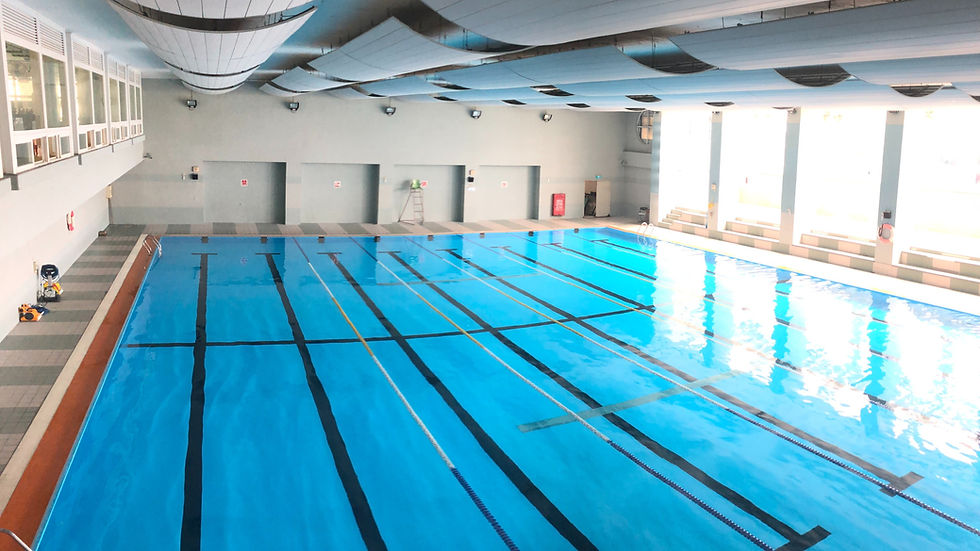Update on Teaching Platforms and Considerations for Safety
- Royal Life Saving
- Jul 15, 2022
- 2 min read
An influx of queries to the Aquatic Risk team has prompted a refresher on the requirements of Teaching Platforms in Swim Schools and Aquatic Centres.
Our team were recently contacted by SafeWork NSW about an incident with a non-compliant platform where a child became entangled, due to the design, and was trapped underwater for over one minute.

What are Teaching Platforms?
Teaching Platforms are used in a Learn to Swim setting. In a pool where the water depth allows the instructor to stand but a small child cannot, the platform is then placed in the water and used for the student to swim to and from.
Teaching Platforms – Considerations for Safety
Teaching Platforms can be an invaluable tool in the Learn to Swim environment. Unfortunately, designs that have led to entanglement and entrapment of students remain available on the market.
There are several safety considerations to observe when both purchasing and maintaining Teaching Platforms.
The following information is drawn from the Guidelines for Safe Pool Operations (GSPO), Aquatic Programs – Supervision of Infant and Preschool Aquatic Programs.
7.7 Teaching Equipment - Teaching Platforms
7.7.7 Teaching platforms should be inspected regularly to ensure that they are in good condition, are structurally sound and have no sharp edges.
7.7.8 The edges of the teaching platform should be of a contrasting colour to the bottom of the pool to allow students to easily tell where the edge of the platform is.
7.7.9 Teaching platforms should ensure visibility beneath them or manufactured so that people are prevented from swimming underneath them.
7.7.10 Teaching platforms should be made of a material that does not absorb water.
7.7.11 Teaching platforms should be self-draining and allowed to dry fully overnight before being used again to ensure that they do not retain any stagnant water and risk becoming a source of infection.
7.7.12 Care should be taken when moving a teaching platform, either within the pool or out of the pool, due to their weight and difficult handling characteristics.
The GSPO is the recognised National Industry Standard that describes and makes recommendations as to the appropriate minimum standards of safety that should be attached to the design, ownership and operations of aquatic facilities.
A new financial year means it is time to renew your facility’s subscription to the GSPO. Head to the National website to find out how to renew and take advantage of renewal opportunities within July 2022 > Subscribe or Renew to the GSPO now | Royal Life Saving Society - Australia
Any questions, please do not hesitate to contact our Aquatic Risk team | risk@royalnsw.com.au




Comments